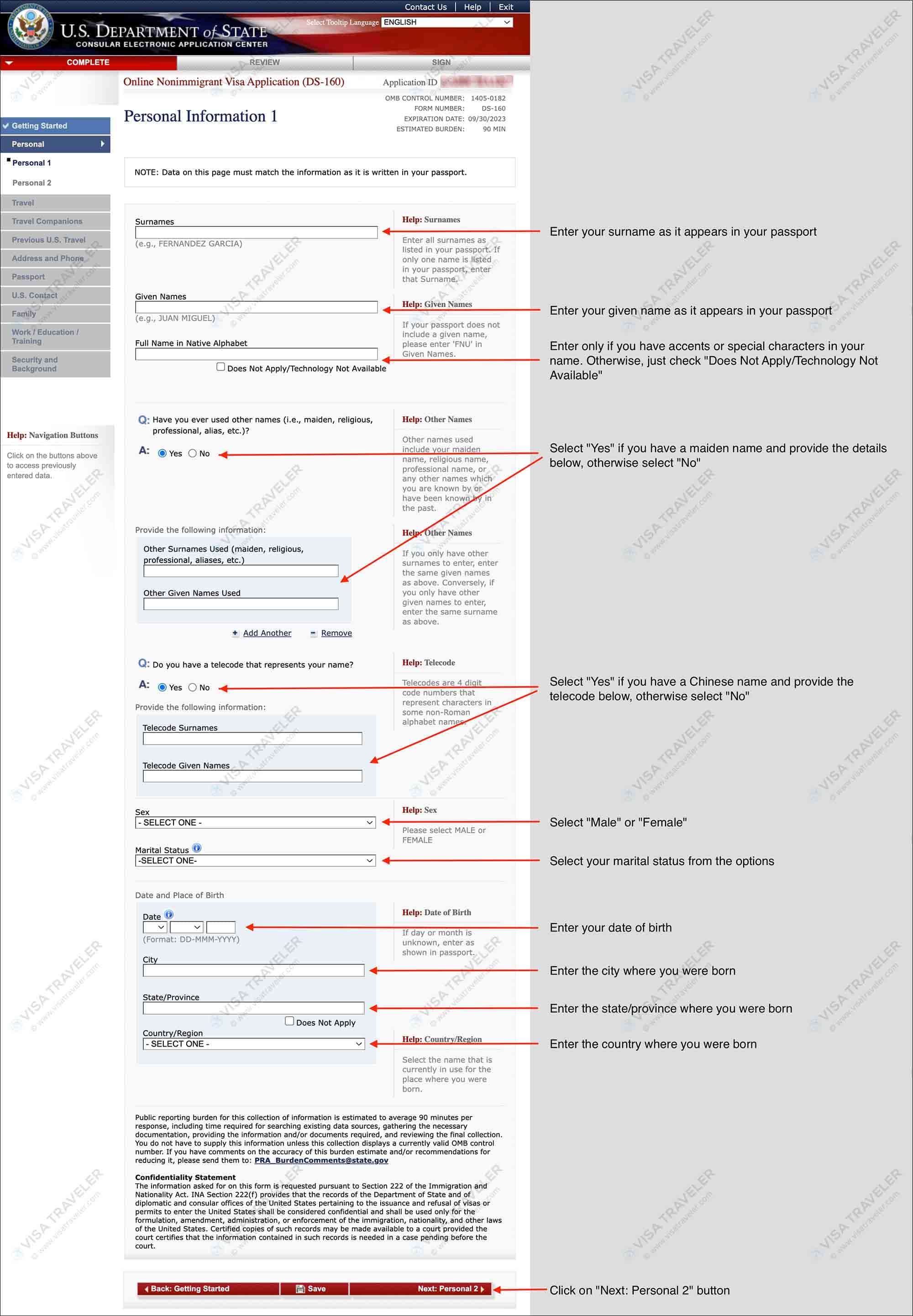Unlock the Mystery: What Is a Telecode and How Does It Work? The world of technology and telecommunications is filled with terms that might seem foreign to those unfamiliar with its intricacies. One such term is Telecode. While it may sound complex, understanding what a Telecode is and how it operates can be quite straightforward. This article will delve into the concept of Telecodes, their uses, and significance in various applications.
From banking systems to data transmission in railways, Telecodes play an integral role in ensuring secure and efficient communication. They serve as unique identifiers, allowing users to access specific services or systems. By exploring different contexts where Telecodes are utilized, we can gain a comprehensive understanding of their functionality and importance. Let's take a closer look at what exactly a Telecode entails and how it works across multiple platforms.
Understanding Non-Roman Alphabet Codes
Telecodes are four-digit code numbers that represent characters in some non-Roman alphabet names. These codes are used primarily for simplifying the input process when dealing with alphabets that do not align with standard Roman characters. For instance, individuals whose names contain Cyrillic or Arabic letters might find it challenging to enter them directly into forms requiring English text. Telecodes bridge this gap by providing numeric equivalents that correspond to each character.
In practical applications like filling out visa application forms such as DS-160, applicants encounter fields requesting telecode entries for personal information sections including name components written in native scripts. This ensures consistency and accuracy during data processing stages while accommodating diverse linguistic backgrounds globally.
Additionally, telecodes help streamline administrative tasks related to managing multilingual datasets within governmental databases or private organizations handling international clientele. Their structured format facilitates easier integration into automated systems designed for high-volume transactions involving varied languages.
Defining Telecode in Legal Contracts
A Telecode in legal contracts refers to a unique four to seven digit number issued specifically to enable access to phone-based services. In formal documentation, defining terms accurately is crucial to avoid ambiguity and potential disputes. Therefore, specifying that a Telecode represents a distinct numerical sequence assigned uniquely per user aids clarity regarding service accessibility rights under contractual agreements.
Electronic Communications Agreements often incorporate provisions about Telecodes since they relate closely to authentication mechanisms ensuring authorized usage of communication channels provided through telephonic means. Such definitions protect both parties involved – service providers who rely on secure identification methods and clients entitled to exclusive privileges associated with their individualized credentials.
Popular templates within contract libraries emphasize the necessity of adhering strictly to prescribed formats when assigning these numeric identifiers. By doing so, organizations maintain robust security protocols necessary for safeguarding sensitive interactions conducted over digital networks reliant upon validated login processes utilizing Telecodes.
Audio Recording Challenges with JDXI
When working with audio equipment such as the JDXI USB driver connected to software like Cubase, users sometimes face challenges integrating external devices seamlessly into their setup. One common issue involves setting up proper configurations to allow simultaneous recording from the JDXI device alongside monitoring playback tracks already present in your project.
Users must ensure correct routing settings within the DAW (Digital Audio Workstation) environment to achieve desired results effectively. Adjustments made via options available under VST Audio preferences should reflect compatibility between input sources coming from the JDXI interface and outputs directed towards speakers/headphones for real-time listening feedback during performances.
Additional considerations include verifying driver installations match operating system requirements and confirming all hardware connections remain stable throughout sessions. Troubleshooting guides accessible online provide detailed steps addressing similar problems encountered by other musicians employing comparable setups incorporating Mac aggregate devices alongside third-party interfaces.
Accessing Banking Services Securely
Your Telecode serves as a 4 to 7 digit number utilized for accessing ANZ Phone Banking services securely. It functions similarly to a Personal Identification Number (PIN), acting as a primary layer of protection against unauthorized intrusions into your account details. Customers receive personalized Telecodes either upon registration or request if previously unassigned.
For those without existing Telecodes, obtaining one requires contacting customer support representatives who guide users through verification procedures before issuing new codes tailored exclusively for individual accounts. Once activated, customers enjoy convenient access to essential banking functionalities anytime without needing physical visits to branches.
Security measures surrounding Telecode management emphasize confidentiality preservation; thus, sharing or disclosing this critical piece of information should always be avoided unless absolutely necessary under supervised circumstances involving legitimate authorities or authorized personnel handling sensitive financial matters responsibly.
Enhancing Railway Communication Systems
Telecode TDM stands out as a highly reliable solution employed in railway applications where precision and reliability are paramount. Designed as a hardwired system capable of transmitting numerous controls and indications simultaneously, it replicates transmitted signals accurately at receiving ends maintaining very high integrity levels required for safe operations across expansive rail networks.
This advanced technology supports effective coordination among multiple operational units spread geographically apart yet interconnected through centralized control centers overseeing overall functioning efficiently. By leveraging dedicated pathways reserved solely for mission-critical communications, Telecode TDM minimizes risks associated with disruptions or failures jeopardizing passenger safety and freight logistics schedules.
Implementing such sophisticated solutions contributes significantly toward enhancing overall efficiency metrics observed throughout modernized transportation infrastructures worldwide. As demands continue growing exponentially concerning capacity expansions alongside heightened expectations around service quality standards, reliance on dependable technologies like Telecode TDM remains indispensable moving forward into future developments shaping smarter cities initiatives globally.

